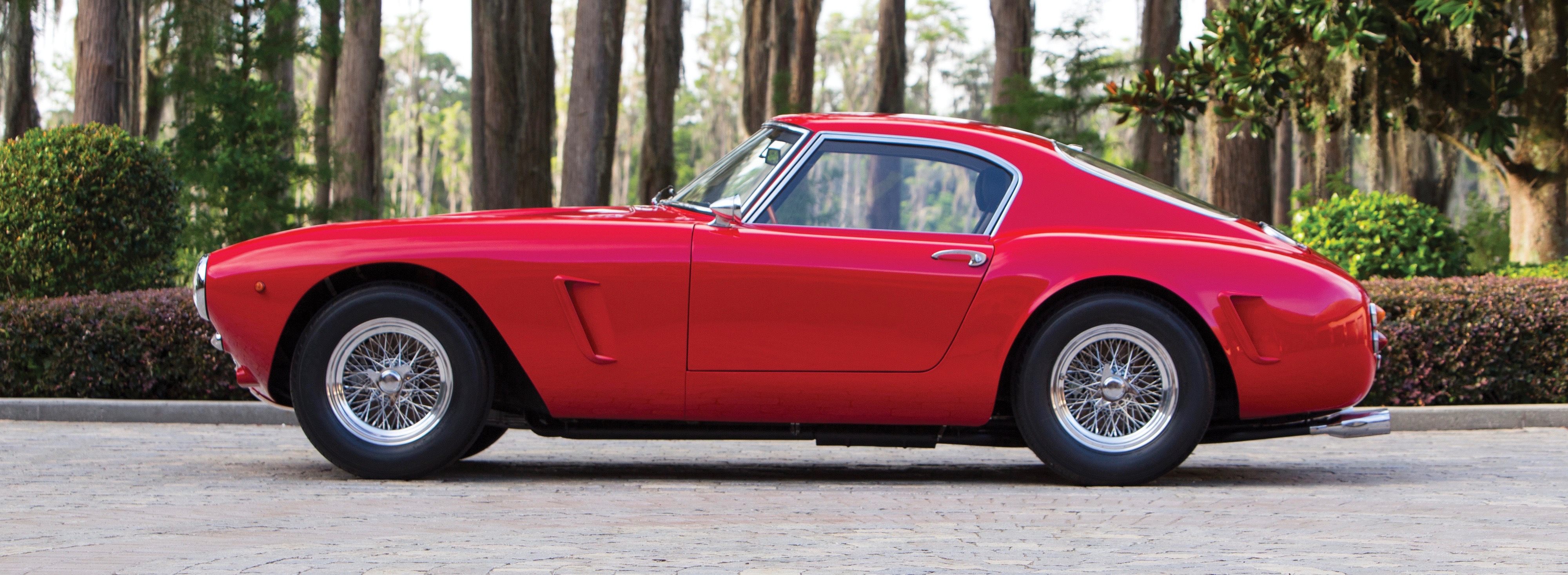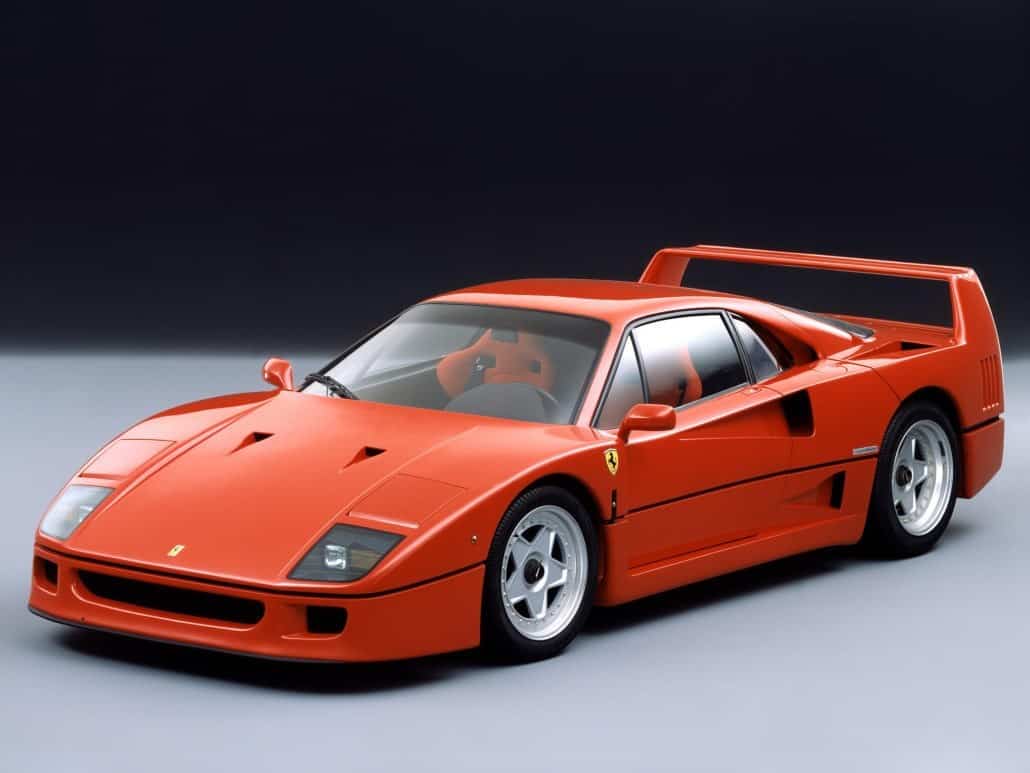
With 380bhp at 8250rpm and a displacement of 3496cc, it was one of the most powerful naturally aspirated engines on the market. Flat-plane crank V8s were used in all F355s, positioned longitudinally in the middle of the vehicle. There were two models of F355: the Berlinetta coupe and the GTS with the detachable metal top, which could be stored in the car's front trunk. The 25 percent boost in horsepower, as well as Pininfarina's elegant style, were widely praised by the press. Here's to you Enzo, we're glad you got to see the F40 before you met your maker.The F355 was a huge success: its whole body undertray was emphasized as a performance standard upon debut, and orders poured in quicker than Ferrari could satisfy them. But these are a few of the early connections il Commendatore made that turned him into the fierce, business-savvy, world-crushing leader he was until 1988. The Greenwich, Connecticut, business is still open, under the Miller Motorcars banner.

We would probably still have Ferraris in the States without him, but it would have started a few years, maybe a decade, later. Eventually, his territory became everything east of the Mississippi.

He went back to Europe after the war and won another Le Mans, before traveling to Mexico in 1951 and winning the Carrera Panamericana.Ĭhinetti was made a Ferrari factory agent later in the 1950s and became the first dealer in the U.S. Chinetti went to the United States after World War II started, working for Italian dealer, importer and mechanic Alfred Momo (no relation to the steering wheel). He won the 24 Hours of Spa the next year and Le Mans again in 1934. He won his first 24 Hours of Le Mans in 1932.
Older ferrari models driver#
Luigi ChinettiĬhinetti was a race car driver but started as a mechanic with Alfa Romeo in 1917. After the war, he moved the business to Maranello and founded Ferrari S.p.A. The factory in Modena, Italy, was promptly bombed out of existence during WWII. The same year, Ferrari’s company was forced into war production for Mussolini. Ferrari's contract stated that he couldn’t race or design cars for four years, but he managed to sneak two racers into the 1940 Mille Miglia anyway. There was a disagreement, and Ferrari left and founded Auto Avio Costruzioni, a race parts company. It put Ferrari (the man) back into the sporting director position. Gobbato was Alfa’s managing director when the company took back control of its racing team. Dino died of Duchenne muscular dystrophy in 1956 at the age of 24, and Enzo named the famed Dino line of Ferrari cars after him. He built a team with a long-lasting name: Scuderia Ferrari. Alfredo (Dino) FerrariĮnzo’s son Dino was born in 1932 and that's when Ferrari senior decided to officially retire from racing and focus on management and developing Alfa’s race cars. Ferrari admitted later that, though he continued to race, it was only half-heartedly. As Enzo’s career was ramping up, teammate Ascari was leading the 1925 French Grand Prix when he crashed during a fast left-hander. That helped convince Alfa to let him race in some more prestigious events. In the early 1920s, Ferrari was a race car driver for Alfa Romeo, winning a few small races like the Coppa Acerbo. A 10-year-old Ferrari saw Nazzaro win the race, which inspired him to become a racing driver. He won the French Grand Prix and Targa Florio, among other big races, but his most important win (for the world) came at Circuito di Bologna in 1908. Nazzaro was a race car driver in the early 20th century. Here are five who played a major part in making Ferrari who he was:

Almost everyone in his orbit (except maybe Henry “The Deuce”) was better for having known him. When a biopic was announced a few years ago, a boatload of high-profile actors threw their hats into the ring to play The Old Man, including Wolverine star Hugh Jackman and The Intern (don’t laugh, good movie) star Robert De Niro. Enzo Ferrari life touched thousands, if not more, even after it ended over 30 years ago.


 0 kommentar(er)
0 kommentar(er)
